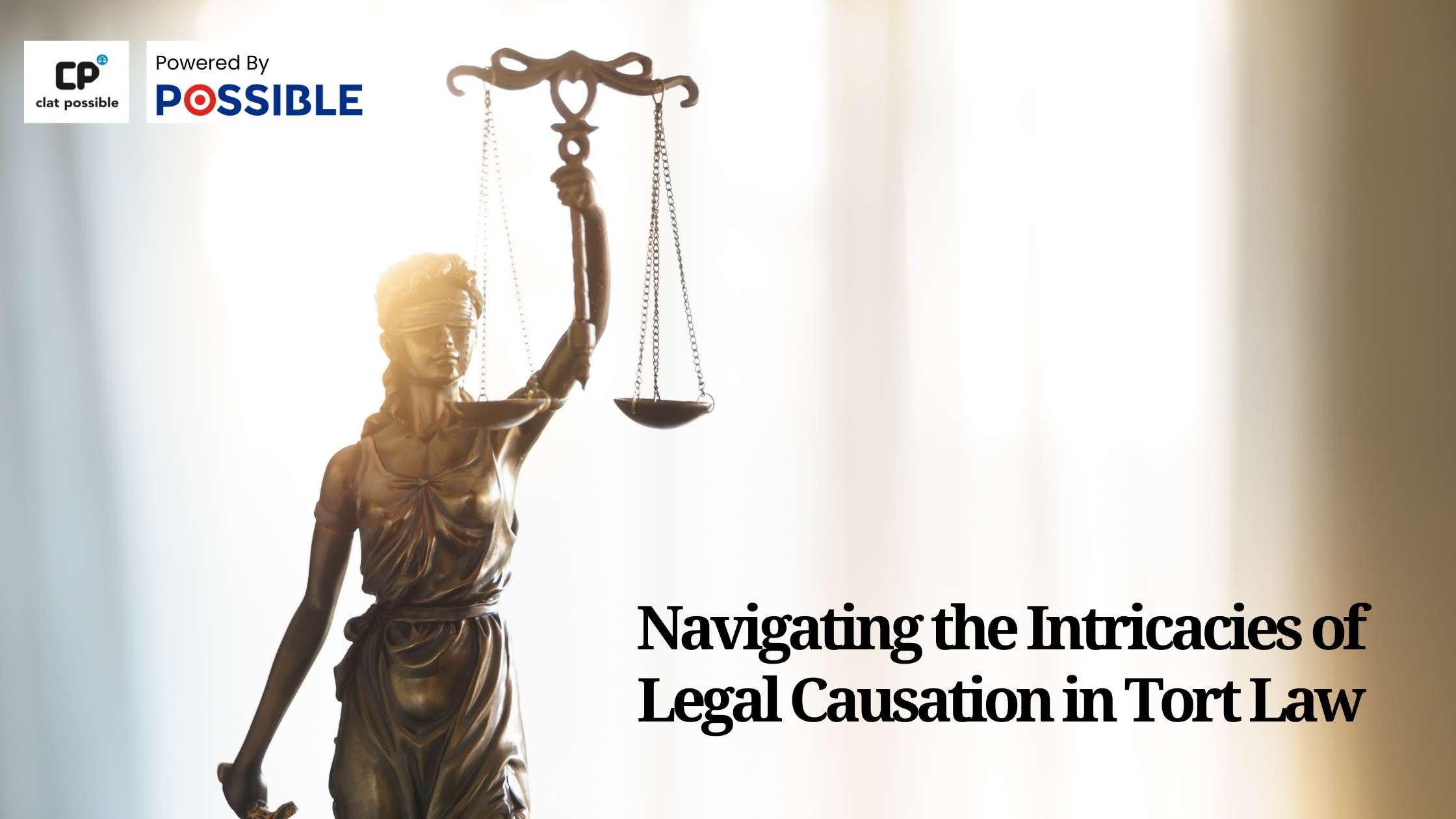By I Nov 04, 2023

Navigating the maze of legal causation is a challenging yet critical aspect of tort law. As a determining factor in the outcome of many personal injury and damage cases, understanding and proving legal causation is pivotal for legal practitioners. In this comprehensive guide, we delve into the nuances of legal causation, its components, and its practical implications in litigation.
Unpacking Legal Causation: A Two-Pronged Approach
1. Causation in Fact: Establishing the Connection
Causation in fact addresses the direct link between the defendant's action and the plaintiff's harm. The 'but-for' test is commonly applied here; but for the defendant’s action, the plaintiff's injury would not have occurred.
Complexities in Multi-Factorial Scenarios
Real-world scenarios rarely present clear-cut cases. When multiple contributing factors exist, proving causation in fact requires showing that the defendant's conduct was a substantial factor in bringing about the harm. This becomes even more complex when pre-existing conditions or concurrent incidents play a role.
2. Proximate Causation: Defining the Limits of Liability
Proximate causation examines whether the harm was a foreseeable consequence of the defendant's action. It sets the perimeter within which the defendant can be held responsible for the plaintiff's injury, ensuring that liability is not boundlessly extended to improbable consequences.
The Role of Precedents in Shaping Legal Causation
Precedents play an instrumental role in informing the application of legal causation. Cases like Palsgraf v. Long Island Railroad Co. have become the cornerstone for understanding how courts delineate the limits of proximate causation.
Analogy: Understanding Legal Causation through a Chain Link
Visualizing legal causation as a chain link can clarify the concept. If one link (the defendant’s conduct) is essential for the continuity of the chain leading to the plaintiff’s injury, causation is established. However, if an intervening act occurs that was unforeseeable and sufficient to cause the harm independently, this can break the causal chain, absolving the defendant of liability.
A Deeper Dive into Causation in Fact and Proximate Causation
The Subtleties of ‘But-For’ and Beyond
In practice, the 'but-for' test has limitations. Concurrent causes can complicate scenarios where multiple actions contribute to the harm. Substantial factor tests and the "material contribution to risk" test are tools employed to navigate such complexities.
Foreseeability and Fairness in Proximate Causation
Proximate causation brings in a layer of policy considerations—where should the law draw the line? The courts evaluate the zone of danger and whether the harm incurred was within the scope of foreseeable risk that a reasonable person would anticipate.
The Evolving Landscape of Legal Causation
Legal causation is not static; it evolves with societal changes and judicial attitudes. Emerging technologies and new forms of harm challenge the existing frameworks of causation, necessitating adaptations in legal reasoning.
SEO Optimization Strategy for the Blog
To ensure this blog reaches the right audience, the following SEO strategies have been implemented:
Keyword Optimization: Utilizing keywords such as "legal causation in tort law," "understanding causation in fact," "proximate causation explained," and "foreseeability in torts."
Engaging Meta Descriptions: Crafted to incite curiosity and clicks with succinct overviews of legal causation.
Internal and External Linking: Referencing authoritative legal sites and internal pages for in-depth exploration of cases and legal principles.
Responsive Design: Optimized for various devices, ensuring accessibility and enhancing user experience.
FAQ Section: Addressing common queries to improve search visibility and engagement.
Conclusion: Mastering the Maze
The path to understanding legal causation requires a rigorous examination of legal principles, a study of judicial precedents, and practical insights. Legal professionals must arm themselves with an in-depth knowledge of causation to effectively argue their cases and seek justice in the complex world of tort law.
FAQs: Your Legal Causation Questions Answered
What constitutes "harm" in the context of legal causation?
Harm in legal causation refers to any injury or loss suffered by the plaintiff that can be attributed to the defendant's action or inaction.
Can legal causation exist if the harm occurred after a significant period following the defendant's action?
Yes, legal causation can still be established if the plaintiff can demonstrate that the defendant's action was a substantial factor in causing the harm, even if it manifested after a delay.
Is the "but-for" test applicable in cases of medical negligence?
The "but-for" test is used in many medical negligence cases For more informative blogs on CLAT 2024 preparation, Click Here!



